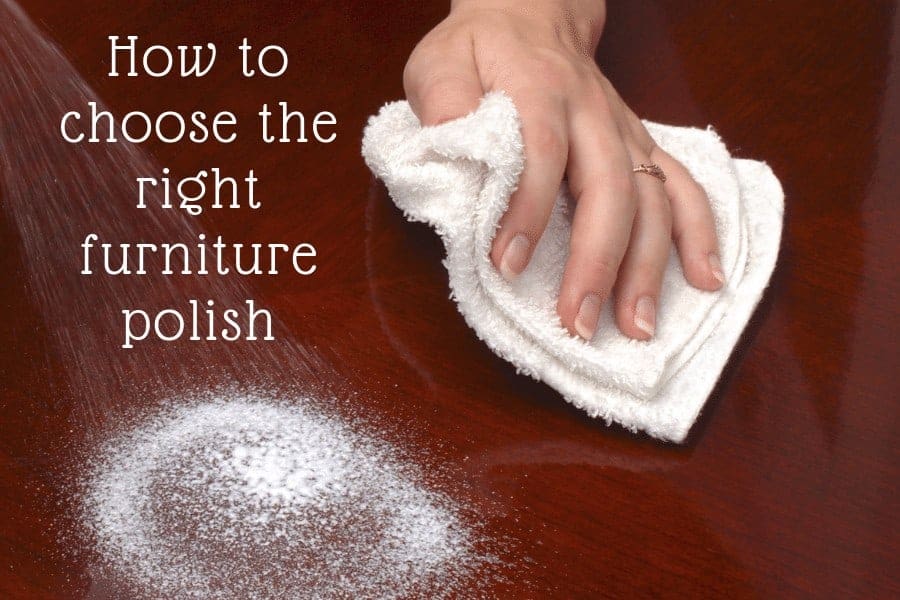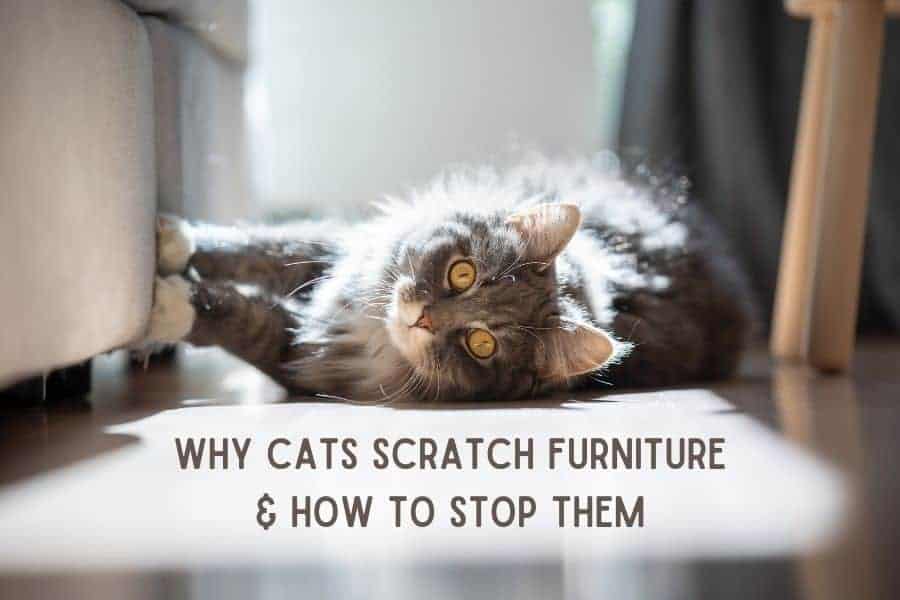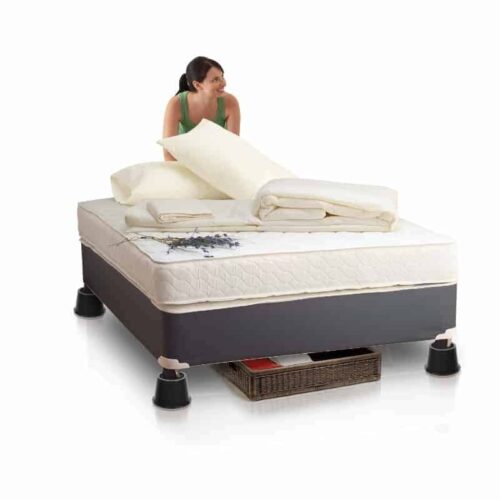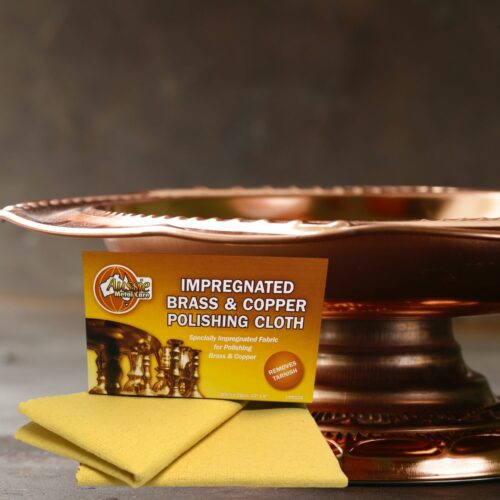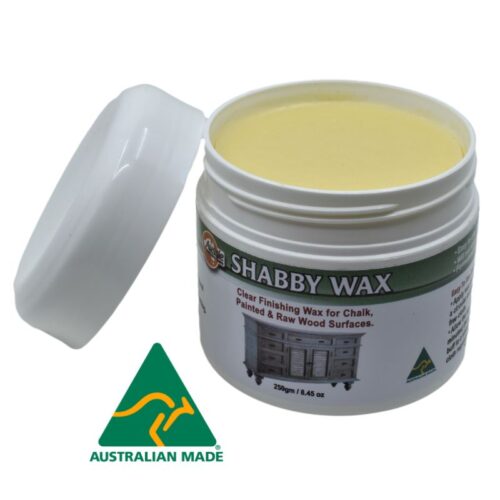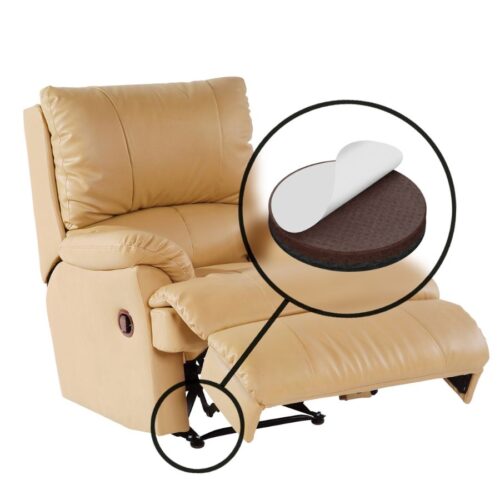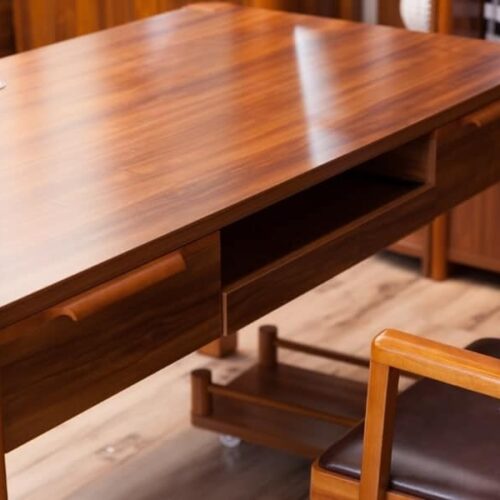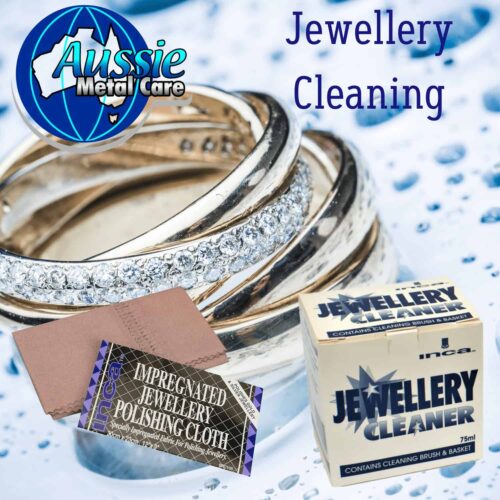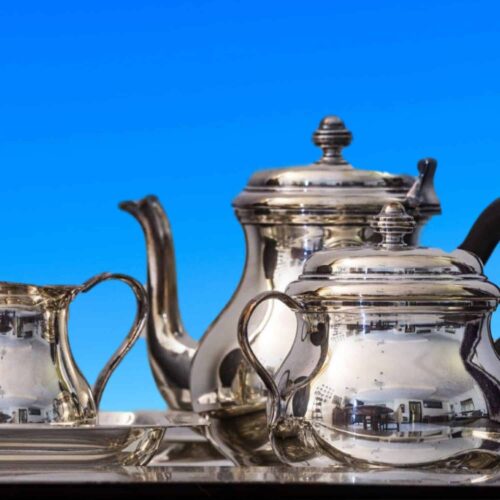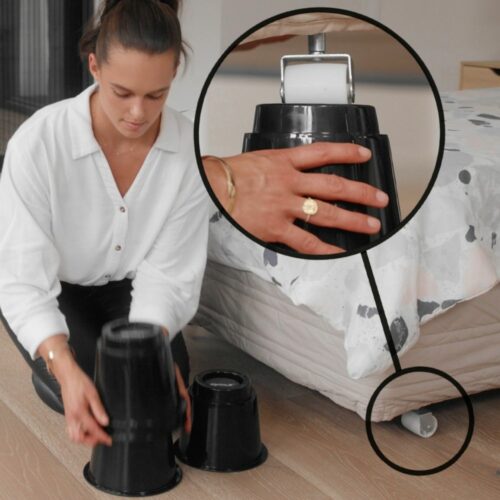Everything you need to know about selecting the right furniture polish
With so many choices of furniture polish available on the market today how do you know which one is right for you?
There are several factors to weigh up when deciding to use Furniture Polish or Beeswax on furniture and other wooden objects.
One critical factor is that the ingredients in commercial polishes and cleaning products are rarely disclosed. More importantly these ingredients can be, and frequently are, changed without warning or notification.
These ingredients may be harmless or harmful to the furniture (and to you) and you have no way of knowing in advance.
The first thing to look for is a natural beeswax furniture polish that only contains natural ingredients, always steer clear of anything that contains silicone, gum turps or petro-chemical by-products, these types of polishes are most commonly found in supermarkets and hardware stores and should be avoided at all costs.
What are the problems with these ingredients?
Let me go through them one by one and you’ll see why it’s best to avoid them.
Silicone
Silicone is put in furniture polish to make application easy and buffing off easy but if you ever need to have the piece of furniture you are polishing repaired or refinished it creates all sorts of problems for the repairer.
The repairer is unable to remove the silicone residue or film that’s left on the surface which then causes the new lacquer being applied to bubble and not adhere to the surface as it is supposed to.
Long term use of silicone polishes on furniture can cause the lacquer on the surface to crack, split and break down.
Gum Turps
Gum turps is a common ingredient found in many beeswax polishes especially companies who produce old style traditional waxes.
This is an ingredient that is commonly used to keep the beeswax polish soft while still in the can and to make the wax dry when it’s applied to the furniture’s surface.
The main problems associated with gum turps are: Toxicity, skin irritations and generally poor results. Gum turps in wax makes it hard to apply and hard to remove and will always leave an oily, smeary finish.
Petro-Chemicals and Tolulene
These ingredients are most commonly found in aerosol furniture polishes and oils, and as with gum turps they can create toxic fumes, skin irritations and give poor results.
Important Note:
Oil Based Furniture Polishes tend to attract dust rather than repel it.
If you’ve ever used these types of furniture polish you might of noticed that after you have polished your furniture it looks great only to find a couple of days later that it looks as if you hadn’t even done it.
The reason that happens is when the dust settles on the surface again it impregnates itself into the oily residue that’s left behind after polishing.
Always look for a Furniture Polish or Beeswax Polish that leaves a fresh, smooth, smear free finish.
Carnauba Wax
Carnauba wax is sometimes found in beeswax polishes but only use a polish that contains this ingredient if you are trying to get a high gloss finish on raw wood and is not overly useful on lacquered finishes as it can make a satin finish very patchy with shiny spots all over it.
Most furniture restorers and repairers recommend using a good quality beeswax furniture polish for the proper care of wood furniture.
Aussie Furniture Wax Is a Premium Quality, High Performance, Easy to Use Beeswax Furniture Polish that Leaves No Streaks, Smears or Fingermarks And Contains No Petro-Chemicals, Gum Turps or Silicone.
If you’re looking for a furniture polish that’s quick and easy to use we recommend AFC Quick Polish
